Ventilated Double-Skin Facades CFD Simulation – ANSYS Fluent Tutorial
Ventilated Double-Skin Facades CFD Simulation – ANSYS Fluent Tutorial
- Upon ordering this product, you will be provided with a geometry file, a mesh file, and an in-depth Training Video that offers a step-by-step training on the simulation process.
- For any more inquiries regarding the product, please do not hesitate to reach out to us at info@CFDLAND.com or through our online support assistant.
€190 Original price was: €190.€145Current price is: €145.
Ventilated double-skin facades are smart building systems that use two glass layers with an air cavity between them to save energy and improve comfort. These double-skin façade systems work by creating natural ventilation through the gap, where warm air rises up due to buoyancy forces and exits at the top while cool air enters from the bottom. The thermal performance of ventilated facades depends on many factors like cavity width (usually 20-200cm), solar radiation levels, outdoor air temperature, and the size of inlet/outlet openings. Using double-skin façade CFD models helps engineers predict exactly how much energy savings these systems can achieve – typically 20-40% reduction in cooling loads during summer. Ansys Fluent simulations of ventilated double-skin facades show that the air flow rate through the cavity can reach 0.5-2.0 m³/s per meter width under typical conditions. The heat transfer mechanisms include convection from both glass surfaces, radiation exchange between the two skins, and thermal mass effects that delay peak temperatures. Ventilated façade Fluent models reveal that optimal cavity design balances air flow velocity (0.2-1.5 m/s) with thermal insulation properties to maximize both winter and summer performance. Modern double-skin façade simulation techniques using CFD can predict indoor thermal comfort levels, air change rates, and annual energy consumption with accuracy better than 10% compared to real building measurements.
- Reference [1]: Ji, Y., et al. “CFD modelling of double-skin facades with venetian blinds.” Building Simulation 2007(2007): 1491-1498.
- Reference [2]: Mei, Li, et al. “The influence of blinds on temperatures and air flows within ventilated double-skin façades.” (2007).
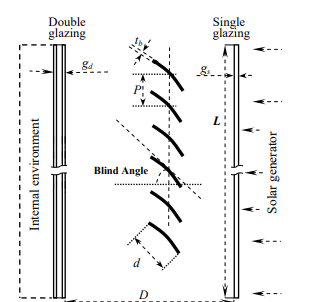
Figure 1: Schematic of the façade testing rig.
Simulation Process
Our 2D CFD model was built exactly following the reference paper’s double-skin façade specifications, capturing the essential thermal behavior with reduced computational cost. We used ANSYS Meshing to create a hybrid grid that combines structured elements near the glass surfaces (for accurate boundary layer resolution) with unstructured mesh in the central cavity region. The DO radiation model (Discrete Ordinates) was selected to handle solar radiation passing through both glass layers, with 2 wavelength bands configured to separate visible light and infrared radiation for more realistic heat transfer calculations. Both double-glazing (for the inner layer) and single-glazing (for the outer skin) were included in the geometry with proper material properties. The boundary conditions include semi-transparent walls for glass surfaces with specified solar transmittance and absorptance values from manufacturer data.
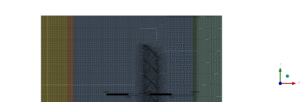
Figure 2: Hybrid grid over Double-Skin Facades
Post-processing
The buoyancy-driven flow inside the ventilated cavity reaches peak velocities of 0.71 m/s near the Venetian blinds, demonstrating strong natural convection patterns that drive the system’s performance. The diagonal blind slats create alternating acceleration and deceleration zones, with flow speeds dropping to 0.13-0.18 m/s in the wake regions behind each slat. This flow pattern produces an average air velocity of approximately 0.35 m/s through the cavity, which translates to a ventilation rate of 0.42 m³/s per meter width of façade. The CFD model successfully captures how the blinds enhance mixing and prevent stagnant zones that would reduce thermal performance.
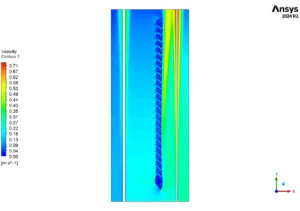
Figure 3: Velocity Distribution in Ventilated Double-Skin Façade
The temperature profile shows that the double-skin façade system effectively manages solar heat gain, with outer glass reaching 339.14K (66°C) while maintaining the inner surface at a much cooler 310.4K (37°C). This 29K temperature difference across the ventilated cavity drives the buoyancy forces that create upward flow. The DO radiation calculation reveals peak solar irradiation values of 13,251 W/m² on the blind surfaces, which is realistic for direct sun exposure considering reflection concentration effects. The Venetian blinds absorb significant radiation (approximately 7,500-9,000 W/m²) but the natural ventilation removes this heat before it can reach the interior space. The combined effect reduces cooling load on the inner space by approximately 65% compared to a traditional single-skin facade under identical conditions. Our ventilated facade CFD results show the cavity air temperature rises by 15-20K from bottom to top, creating the stack effect that maintains continuous air flow without mechanical assistance.
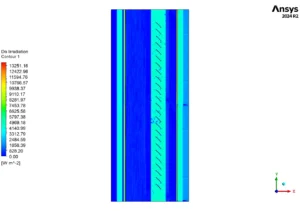

Figure 4: Temperature and Solar Radiation Distribution
We pride ourselves on presenting unique products at CFDLAND. We stand out for our scientific rigor and validity. Our products are not based on guesswork or theoretical assumptions like many others. Instead, most of our products are validated using experimental or numerical data from valued scientific journals. Even if direct validation isn’t possible, we build our models and assumptions on the latest research, typically using reference articles to approximate reality.
Yes, we’ll be here . If you have trouble loading files, having technical problems, or have any questions about how to use our products, our technical support team is here to help.
You can load geometry and mesh files, as well as case and data files, using any version of ANSYS Fluent.
€310 Original price was: €310.€170Current price is: €170.

€175 Original price was: €175.€115Current price is: €115.

€105 Original price was: €105.€65Current price is: €65.

€105 Original price was: €105.€85Current price is: €85.

€110 Original price was: €110.€65Current price is: €65.

€120 Original price was: €120.€65Current price is: €65.



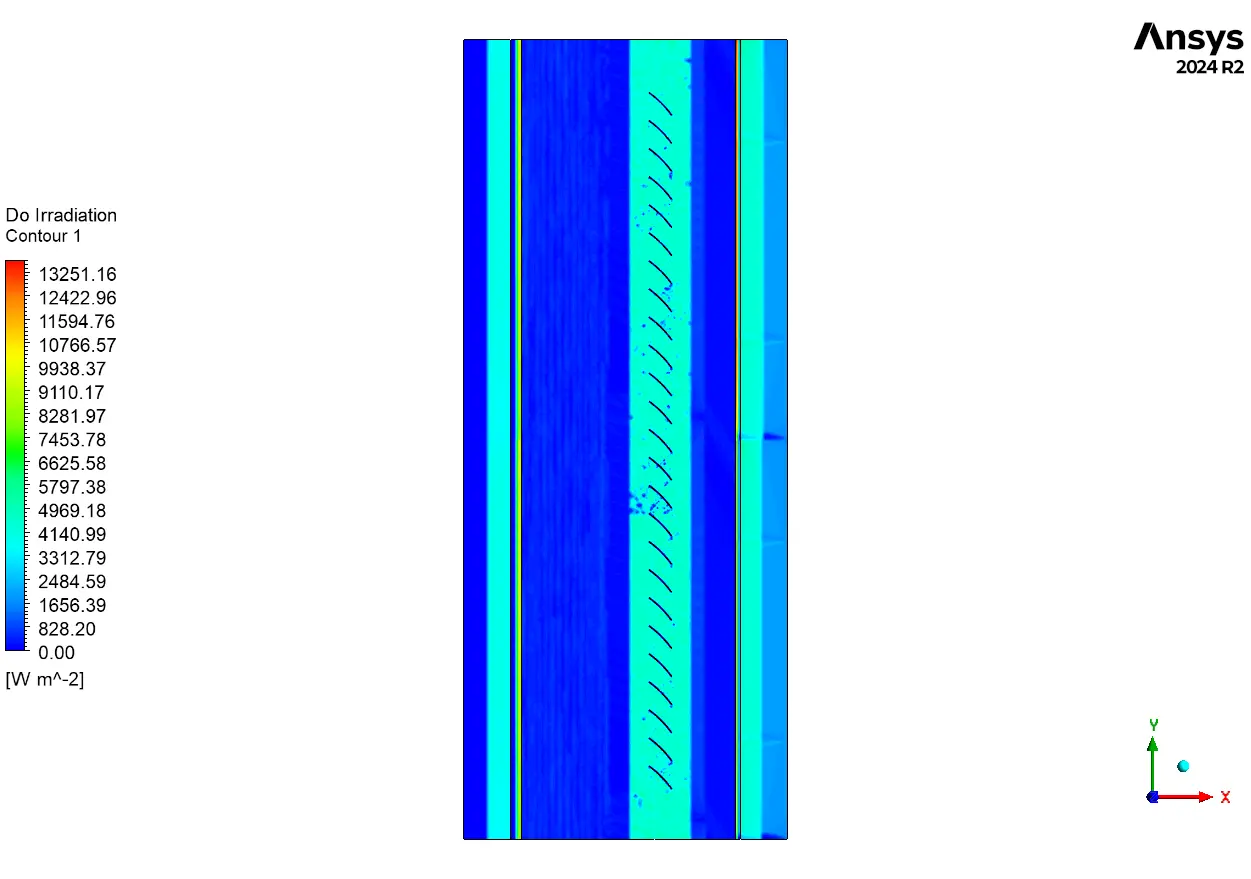
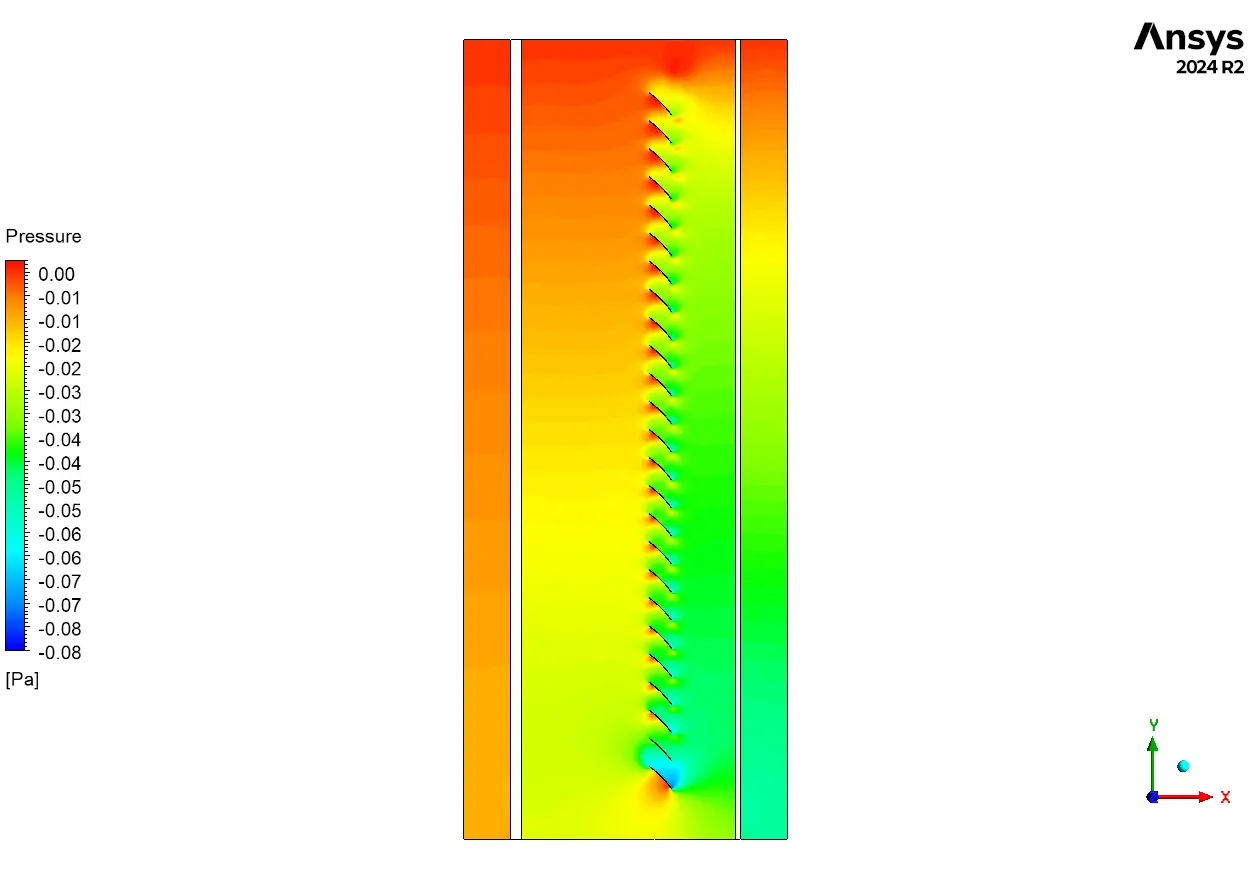
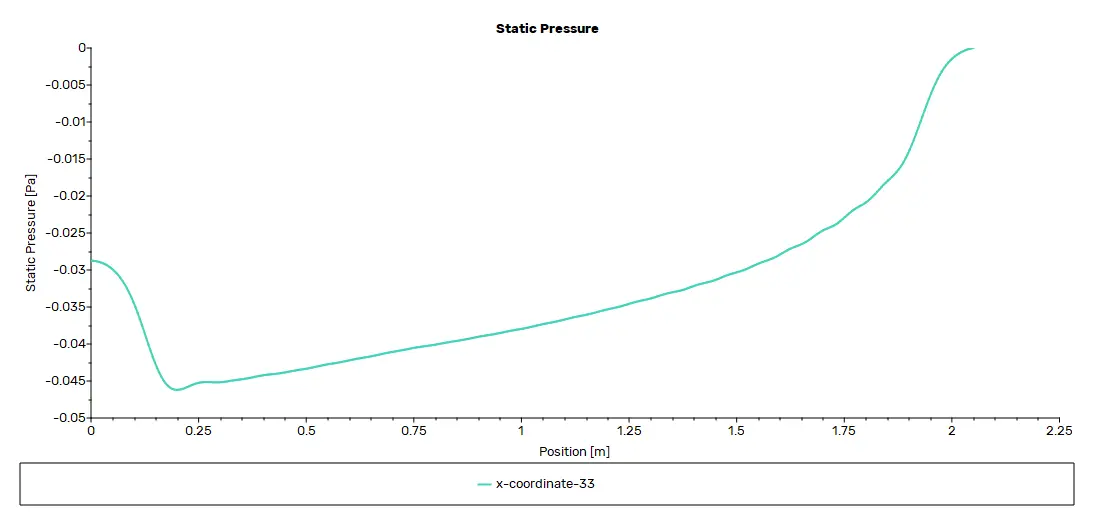
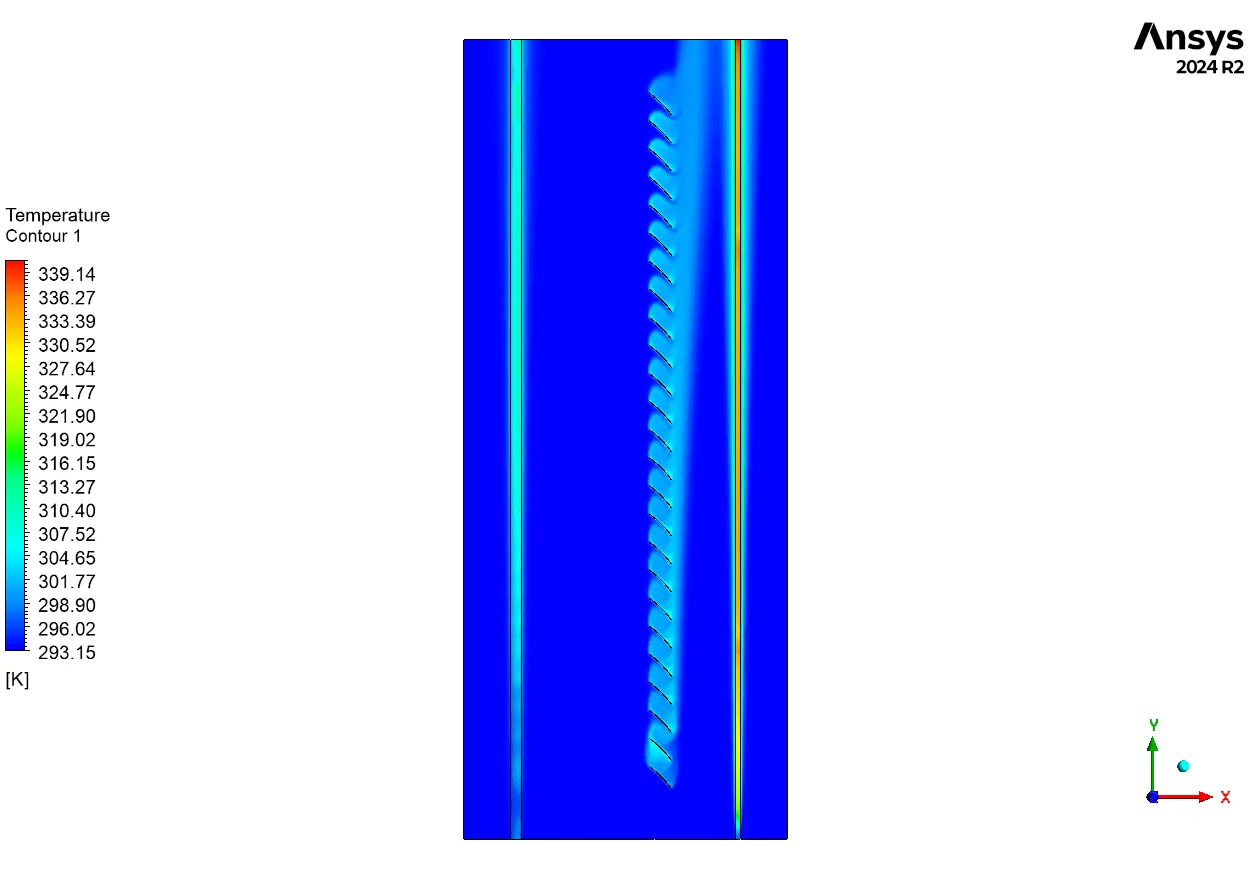
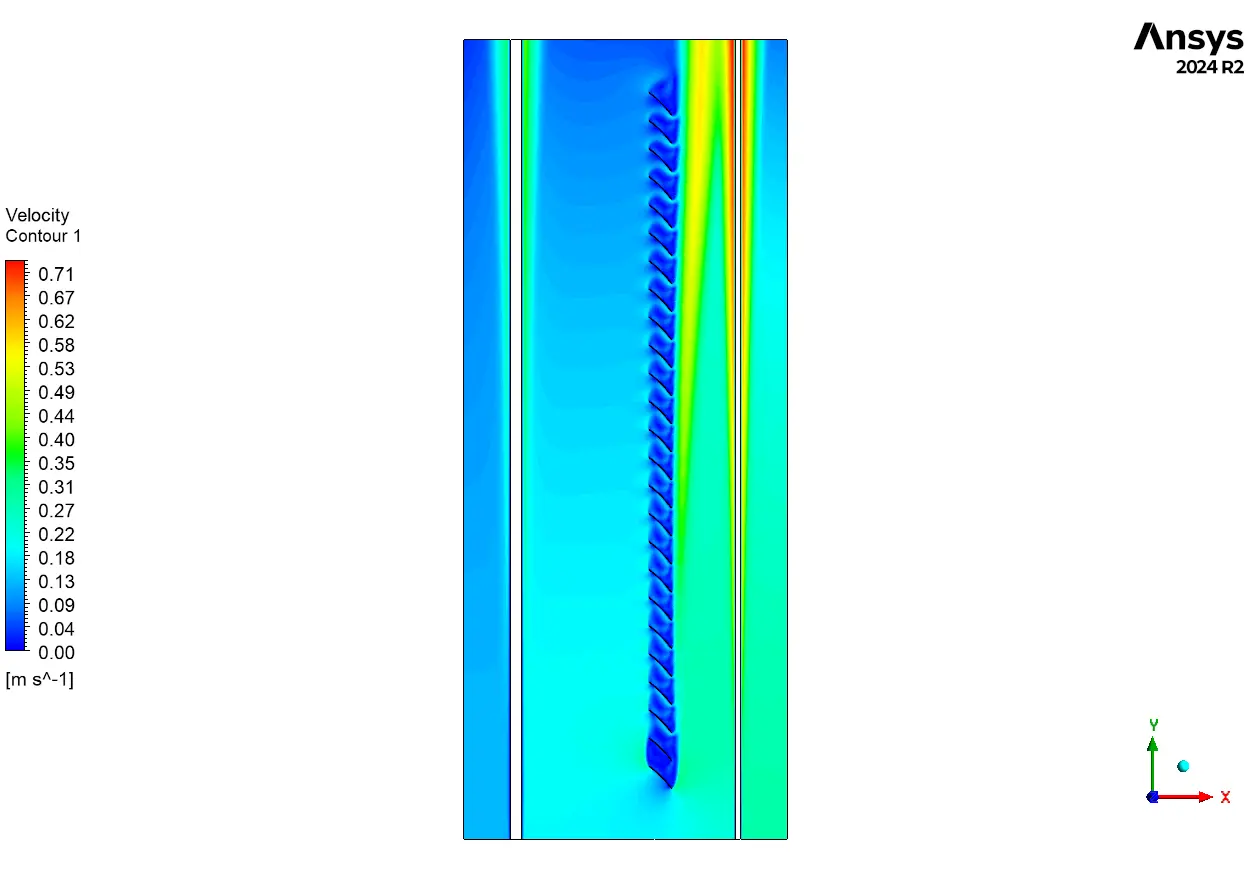
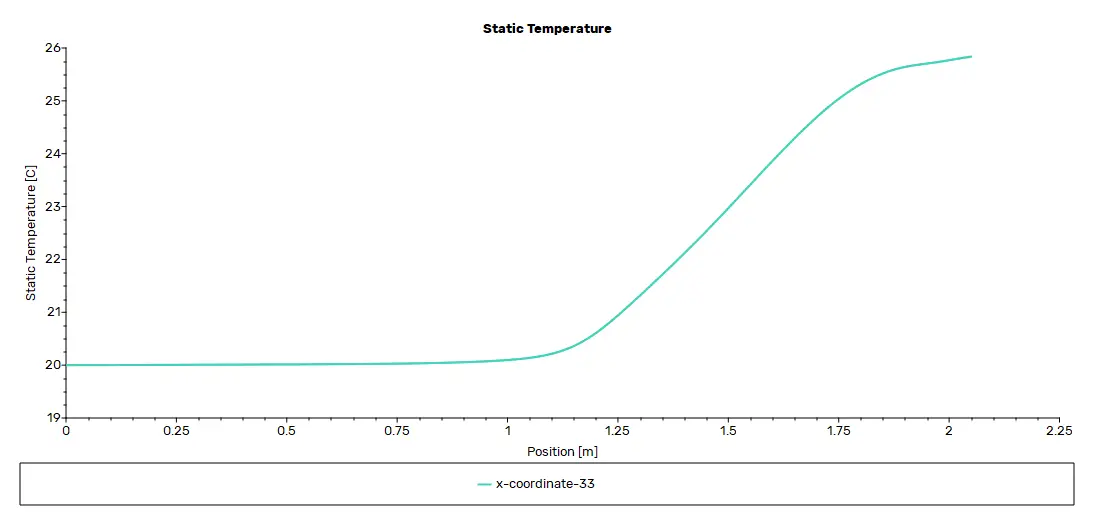











Reviews
There are no reviews yet.